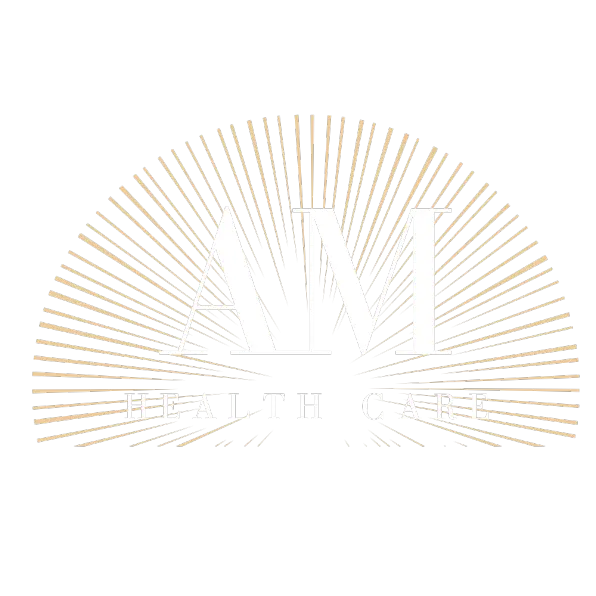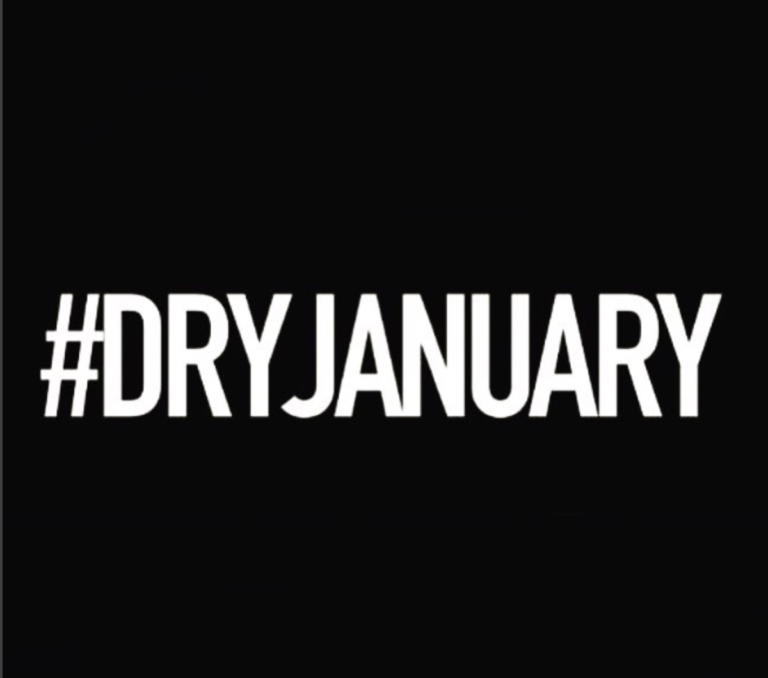It’s hard to believe that we’re now close to a year of home quarantining. The COVID-19 health pandemic drastically changed the way our world operates and the recovery industry, in particular, underwent a dramatic shift. Gone are the in-person meetings and intimate connections. In their place are Zoom calls and telehealth options, all geared to help people overcome addiction. So, how well has the adjustment been working? Interestingly The Washington Post offered a thorough analysis, breaking down both the good and the bad.
Obviously, the quick change was not easy for a lot of people. Rather than easing into a virtual recovery world, people were thrust into it and many in our industry were unprepared. But, as The Post points out, after 10 months some real benefits have begun to emerge and many orgs have continued to successfully help people.
Deni Carise, chief science office of the org Recovery Centers of America, spoke to The Post about the positives that have come out of this change. In her opinion, virtual recovery has made treatment more available to people and continued anonymity; offering safe, intimate chats with trained professionals.
“This is our opportunity not just to make getting treatment easier for people, more frequent for people, more confidential, but also a time when we can reach that 90 percent of people,” Carise told the outlet. “Although it is likely that telehealth will continue to be part of addiction care even after the pandemic, I anticipate that a vast majority of community support groups will resume in-person meetings once it is safe. They will do that because that’s what we know has worked for so long.”
And that raises an interesting point. With coronavirus vaccines on the horizon, can we imagine a world where virtual recovery will continue to thrive moving forward? Most experts in the article believe that a hybrid model will occur. Yes, telehealth will continue and benefit many people who can’t physically get to facilities and treatment centers. But there will most certainly be a sharp rise of in-person meetings once the quarantines have been lifted.
As the article puts it, bonding and one-on-one connections are the “cornerstone” of recovery treatment. As much as Zoom chats and phone calls try to simulate that experience, they can never truly replace it.
Another expert interviewed for the piece, Amy Durham from Pennsylvania-based Caron Treatment Centers, offered a closing thought that The Post writers seem to wholeheartedly agree with.
“Ultimately, we don’t recover alone. We have to have each other,” she concluded. “This disease loves isolation, and we know all about loneliness and despair, and we can’t stay well in recovery if we’re not connecting with people.”







